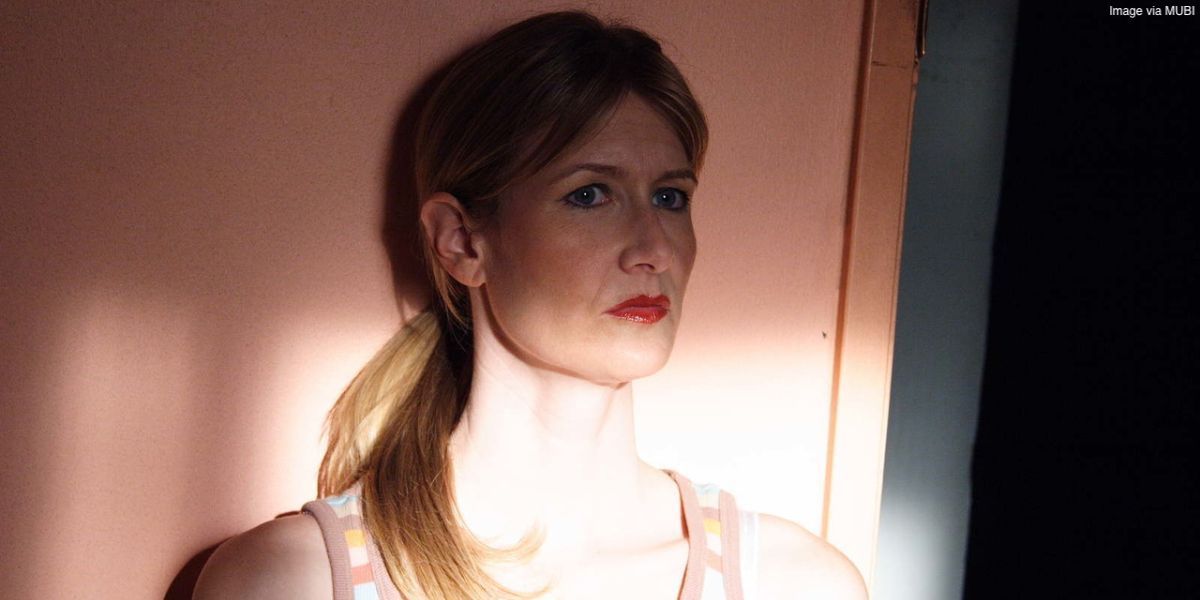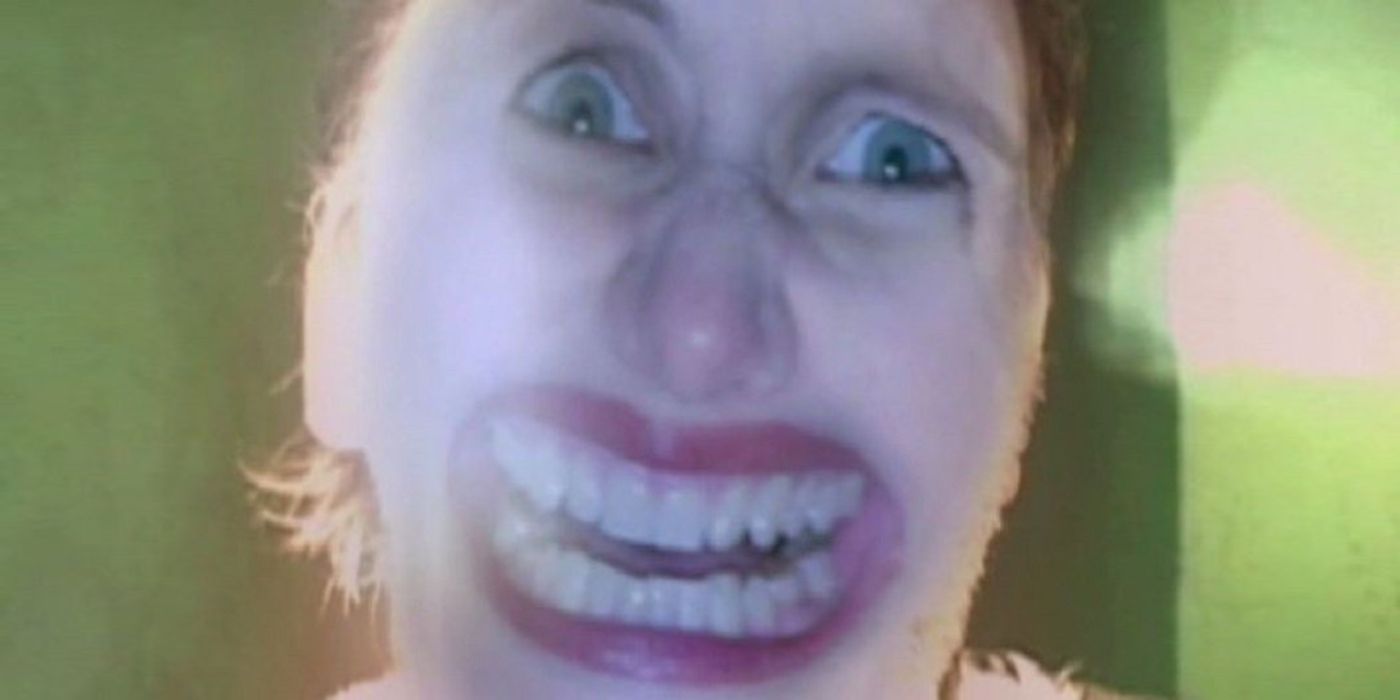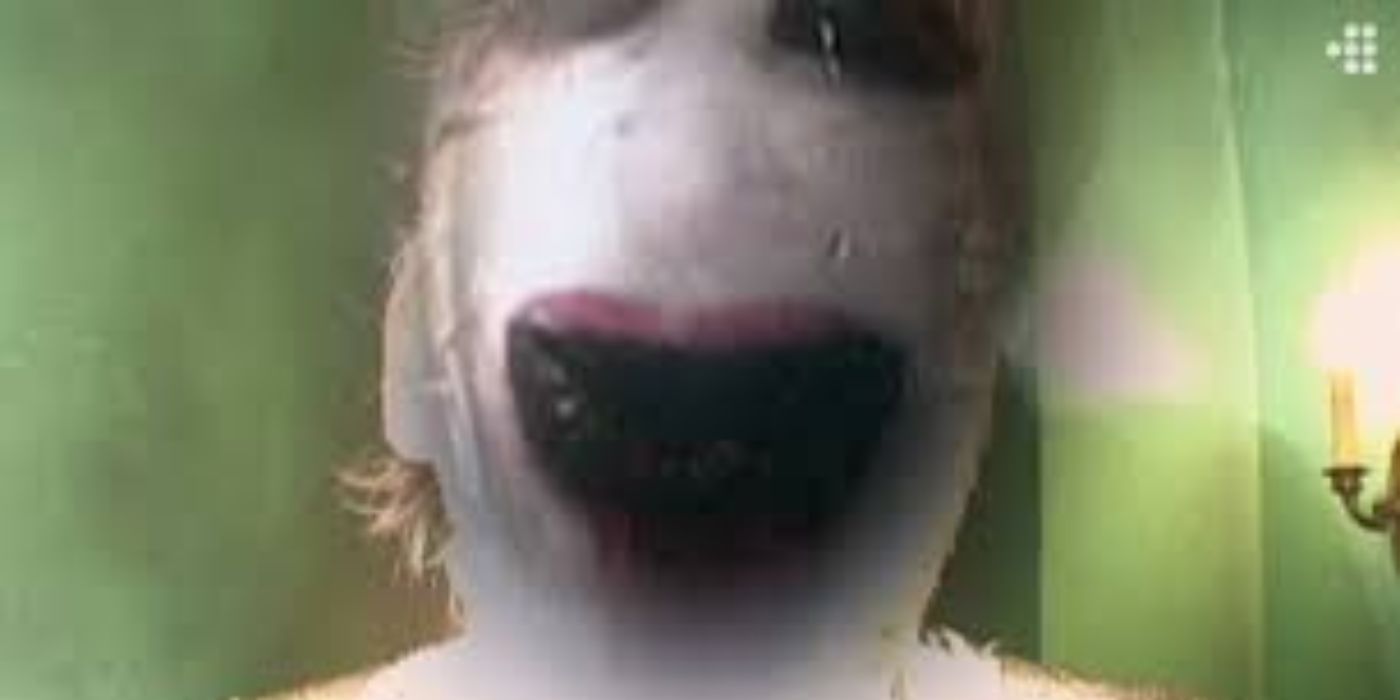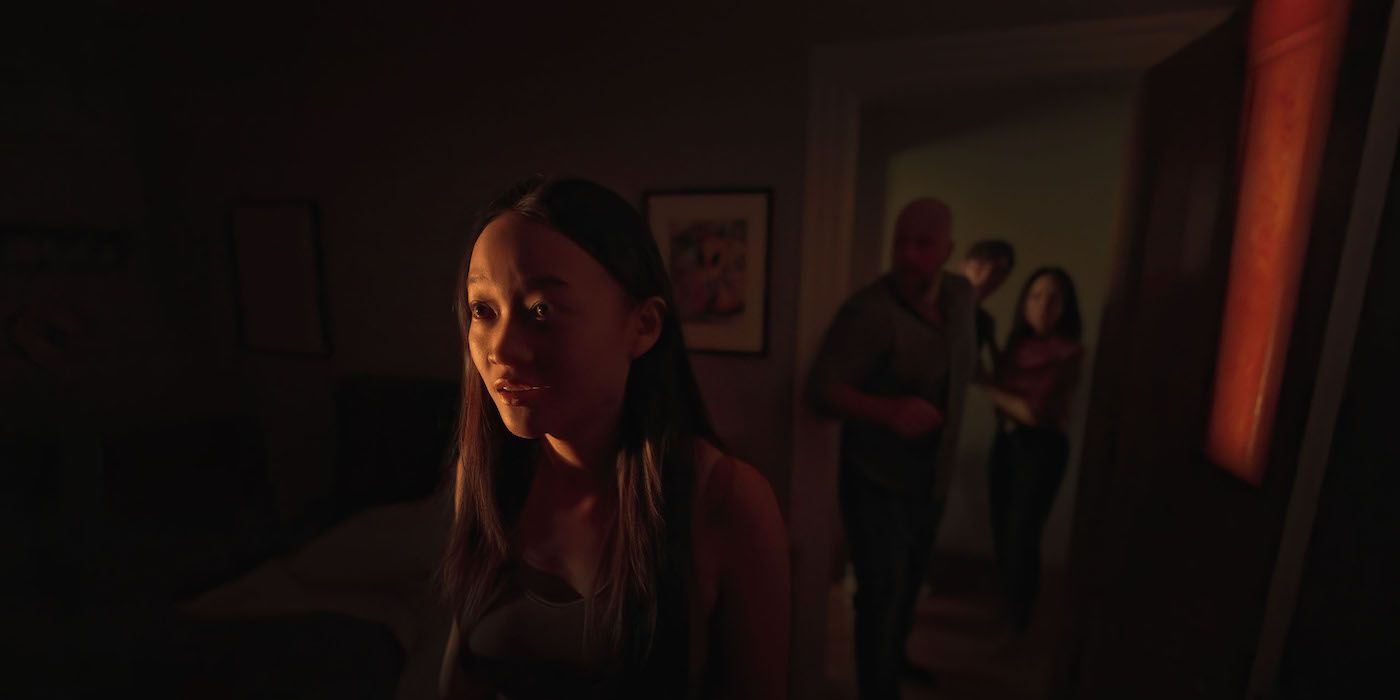The Big Picture
- David Lynch’s last feature film, Inland Empire, is his most expansive and rudimentary movie, shot entirely on camcorder.
- The film’s plot is bizarre and bewildering, blurring the lines between reality and fiction in a nightmarish world of ambiguity.
- The most alarming scene in Inland Empire is the Phantom’s death, with its abstract and terrifying jump scare, leaving the audience with more questions than answers.
Throughout his long and distinctive filmmaking career, David Lynch has offered no shortage of unsettling, frightening, and downright confusing moments. From the reveal of the deformed “baby” in Eraserhead, to the homeless figure jump scare in Mulholland Drive, to just about any time Dennis Hopper appears in Blue Velvet, Lynch has fueled more than a few nightmares over the years. His most unnerving moment of them all, however, comes at the emotional and cerebral climax of his final and most unhinged feature film: Inland Empire.
David Lynch’s Last Feature Film, ‘Inland Empire,’ May Be His Craziest
2006’s Inland Empire was David Lynch’s last feature film, and he pulled out all the stops for it. Clocking in at a daunting two hours and 48-minute runtime and shot entirely on camcorder, it simultaneously feels like Lynch’s most expansive and rudimentary movie. The expansiveness comes from its epic length and unrestrained surreality, and yet the home-video-like quality makes it appear rough, undeveloped, and borderline amateurish. Made on a relatively modest $15 million budget, it is as if the three-time Academy Award nominated director decided to digress and shoot a student film, but nevertheless carry over his expertise from 30-plus years working in Hollywood.
Inland Empire‘s plot showcases Lynch’s unique form of storytelling at its most bizarre and bewildering. When an actress named Nikki Grace (Laura Dern) gets cast as the lead role of Sue in a new film, she soon finds the project to be cursed and the lines between diegetic and non-diegetic reality start to blur. All of this unfolds in a creepy and nearly-nonsensical fashion, until the audience and characters alike are lost in a nightmarish world of ambiguity. Throughout the story, Lynch inserts a number of unexpected twists, including an unprompted musical number from an ensemble of sex workers and extended sequences of anthropomorphic bunnies performing deadpan scenes from a sitcom — the latter taken and expanded upon from Lynch’s 2002 serial shorts, Rabbits.
‘Inland Empire’s Terrifying Climax
For all of these uncanny sequences, though, the most alarming scene in Inland Empire — and perhaps all of Lynch’s filmography — comes towards the end. After more than a half hour of Nikki outrunning and confronting terrors unknown, she suffers a fatal wound and bleeds out on Hollywood Boulevard in a long, tangential sequence. Just when Nikki appears to die, however, the camera pulls back to reveal that all of it is happening on a movie set, making the audience question how much of the past hour has been real and how much of it has simply been happening in the fictional world of the film.
Regardless, once the director says cut, Nikki lingers as the deceased Sue after the rest of the cast breaks character. She eventually rises, but appears noticeably unsettled and immediately flees into a labyrinth of sets. Pursuing her is the film’s primary antagonist: a vague evil force known as the Phantom, manifested throughout the film as a manipulative, adulterous, and abusive Polish man played by Krzysztof Majchrzak. When the Phantom finally catches up to Sue, she turns around and shoots him at point-blank across a hallway.
She shoots three rounds into him, and the action slows down. In a series of shot-reverse-shots, harshly lit close-ups show the Phantom’s face slowly losing life, and Nikki’s terrified, yet determined reaction. Then, just as the melancholic music suggests resolution and safety, the camera cuts back to the Phantom. With a cacophonous sound effect, his head has been replaced with a blown up image of Nikki’s face, looking utterly demented. Nikki then fires one more bullet into the Phantom, and the music returns to its soft melody, but his face now resembles that of a minimalist, vaguely clown-like mouth, drooling a waterfall of blood.
David Lynch Offers No Context for the Phantom’s Face
The meaning behind this jarring and terrifying jump scare is abstract even by David Lynch standards. After nearly three hours of Inland Empire‘s narrative subversion, the Phantom’s death offers no real answers to the audience’s questions, and instead raises a whole new list of concerns. His face becoming that of a deranged Nikki/Sue is perhaps meant to reflect her own Phantom-like depravity, especially now that she has succumbed to violence and murder herself. Then, the clown face’s significance is anyone’s guess — Is it showing a latent comedy in violence? The featureless mysteries of evil? Or is David Lynch just creating a creepy effect to illustrate the illogical nature of our darkest dreams?
After the Phantom’s death, less than ten minutes remain before the closing credits. Nikki/Sue immerses herself in the diegetically-dubious world of the Rabbits, and then, after stumbling around distressed, she comes face to face with the Lost Girl (Karolina Gruszka), who has been observing the entire story from a television screen. The two women share a kiss and Nikki disappears. The Lost Girl leaves her room and reunites with what appears to be her husband and son. Finally, Nikki reappears in the room where she first received the role of Sue at the start of the film; she sees herself sitting on a couch looking happy, but pensive. The entire sequence plays out under the sad, yet sublime song, “Polish Poem,” which Lynch co-wrote with singer Chrysta Bell. It is the kind of prolonged sonic experience that Lynch has previously employed in both Mulholland Drive and Twin Peaks, making the end of the film less about dictated meaning and more about subjective emotion.
While the sequence is dense and beautiful, it hardly offers any answers to the Phantom’s strange fate. The only dialogue spoken between the shooting and the end of the film is in the very last shot, where a woman on crutches walks into a room and says “Sweet” before the credits roll. Throughout the credits, members of the cast appear relaxed and accomplished, eventually dancing to the upbeat African song “Sinnerman.” Although the lyrics somewhat parallel the film’s themes of murder, infidelity, and penance, “Sinnerman” juxtaposes “Polish Poem” and the majority of Inland Empire with its levity. During this head-scratching conclusion, it is hard to believe that the Phantom’s death came just minutes beforehand — and that no further context has been provided.
Unrefined Visual Effects Make the Phantom’s Death Unforgettable
Of course, a frightening, unexpected reveal barren of context is nothing conspicuous for a David Lynch movie; however, the Phantom’s amorphous face stands out not for its fright factor or even its obscurity, but more so for its intensely rudimentary appearance. At this late point in the film, the audience has gotten comfortable with Inland Empire‘s raw, transparently digitized imagery. Nevertheless, seeing Nikki’s face distortedly blown-up onto the Phantom’s head still comes as a shock. Had Inland Empire come out a few years later, one might think that the effect was taken from a Snapchat filter.
The same could be said for the clown face. While the second face at least has some motion, its clear insertion onto the Phantom does not aim for authenticity. Frankly, it looks rather cheap, and taken out of context, one could almost see the sequence as humorous for its unrefined absurdity.
In context, though, the scene is far from funny. Given the surreal two hours and 45 minutes leading up to the moment, the Phantom’s death arrives as a bone-chilling subversion. Its visual crudeness distinguishes it as an unforgettably nightmarish climax to a film that is already steeped in uncanniness. Similarly, while so many horror movies have face reveal jump scares that rely on grotesque and violent imagery, Inland Empire uses stark minimalism in a unique way that the audience won’t soon forget.
David Lynch is not one to offer explications or explanations for his films, and Inland Empire is no exception. Don’t expect the director to share what his intentions were with the Phantom’s face, or where he came up with the idea. Instead, it is up to the audience to figure it out for themselves. While no answer is definitive, it also seems that no answer is incorrect. The only undeniable truth is that the scene is one of Lynch’s most disturbing, and thus serves as a cherry on top of his unnerving, yet spectacular feature filmmaking journey.







